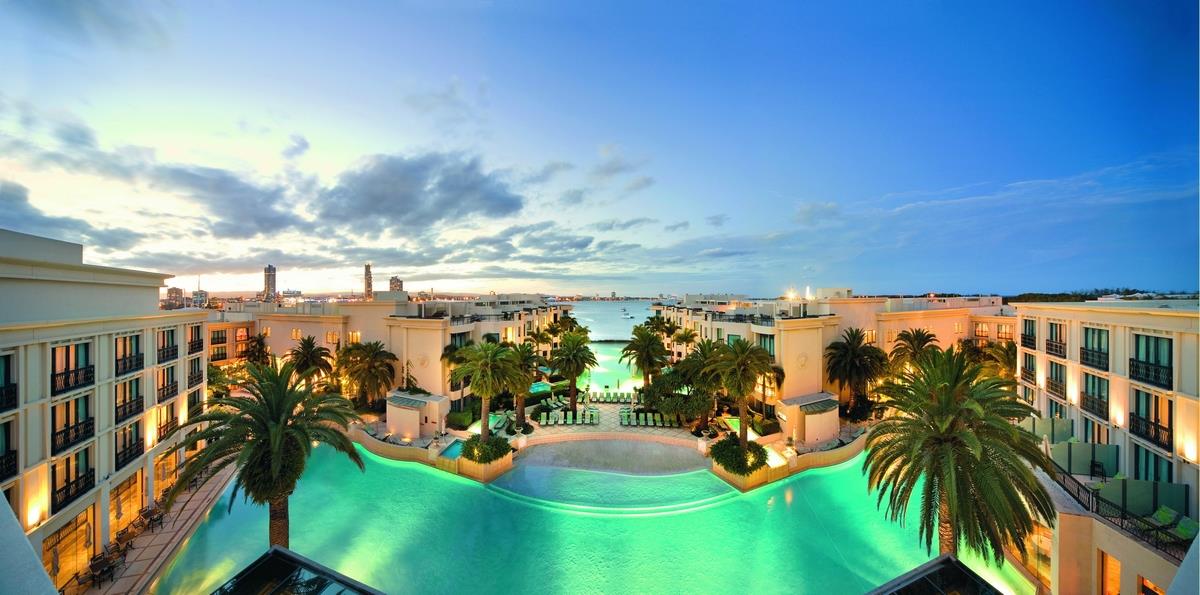About HVS
HVS is the only global consulting firm focused exclusively on the hospitality industry. We are comprehensive in our solutions but single-minded in our focus, helping you succeed in the complex hospitality arena.
With more than 250 people in over 50 offices throughout the world, we offer expertise across all types of hospitality assets, including hotels, restaurants, casinos, shared-ownership lodging, mixed-use developments, golf courses, and spa and wellness, as well as conventions, sports, and entertainment facilities.
From a feasibility study when planning to build or buy a property, to advice on an exit strategy—and everything in between—we offer a wealth of hospitality intelligence, extensive expertise, a global reach, and local market understanding to help you achieve the results you want.
Wherever you’re located, we are ready to provide help with financing, developing, owning, or operating a hospitality property. Please contact us to learn more about how we can help you.

